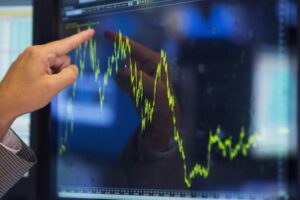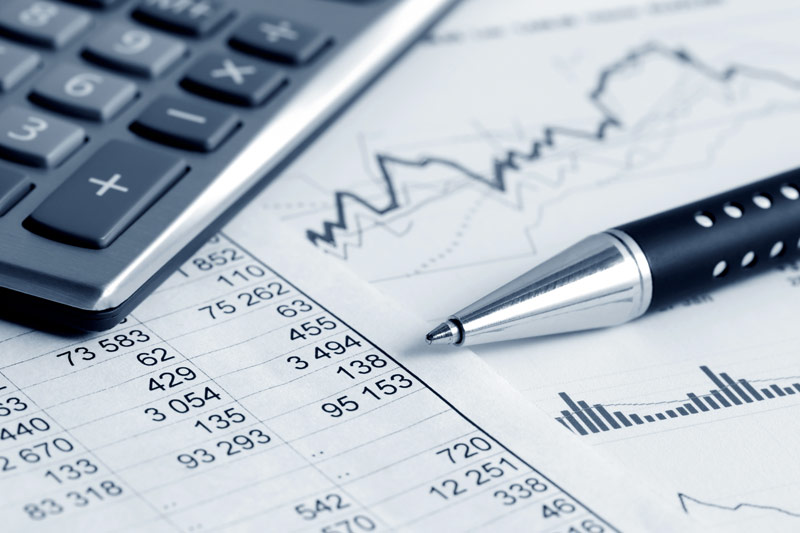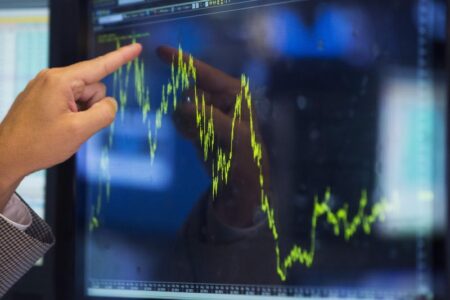A look at the day ahead in U.S. and global markets from Mike Dolan
After an extraordinary 30-month monetary squeeze designed to zap a post-pandemic inflation spike, the Federal Reserve is finally set to cut interest rates this week – and it’s now only a matter of how much.
With another set of weak industrial and retail readings from China on Saturday and the FBI on Sunday pursuing a second failed assassination attempt on Republican presidential candidate Donald Trump, the news backdrop to this long-awaited Fed easing week is agitated to say the least.
But investors are staying focussed for now on growing speculation the first Fed cut on Wednesday will be 50 basis points rather than 25 bps – not least as some see last week’s press reports as a possible steer even as Fed officials remain in their traditional pre-meeting quiet period.
World markets were relatively calm first thing on Monday, largely because Japanese and mainland Chinese centres were closed for holidays.
Yet the buoyancy seen at the end of last week – which took Wall Street stock benchmarks back to within 1% of record highs – looks to be sustained first thing on Monday. Stock futures were higher, with those on the small cap leading the way.
Fed futures now price in some 40 bps easing on Wednesday – more than a 60% chance that it will be 50 bps rather than 25 bps. Just as significantly, they pencil in 120 bps of cuts by year-end.
And with short-dated Treasury yields returning to 2022 levels, the dollar is taking much of the heat first thing.
Two-year Treasury yields fell below 3.55% for the first time in two years, sending the 2-to-10-year yield curve gap to its most positive since June 2022 at almost 9 bps.
The dollar bore the brunt of Fed-focussed trading, with its DXY index down sharply and stalking the year’s lows once again. MSCI’s emerging market currency index gained almost 0.25% to hit a record high.
Relative interest rate plays dominated among the majors. With the Bank of Japan still holding out the likelihood of higher rates ahead, Japan’s yen strengthened through 140 per dollar for the first time since July 2022.
And with markets assuming the Bank of England will hesitate on a second rate cut of the year when it meets on Thursday – in part awaiting next month’s first budget from the new British Labour government – sterling pushed higher again too.
CHINA WEAKNESS
It was trickier to judge the reaction to China’s latest sweep of sub-forecast economic readings at the weekend as mainland markets there were closed on Monday.
China’s industrial output growth slowed to a five-month low in August, according to the latest numbers, while retail sales and new home prices also missed and weakened further – inevitably bolstering the case for the sort of aggressive government stimulus that so far has been conspicuously absent.
The weak numbers made Beijing’s 5% growth target a more distant prospect and echoed soft bank lending figures seen on Friday.
Perhaps most alarming of all is the ongoing property bust the authorities have failed to get across. And China’s new home prices fell at the fastest pace in more than nine years in August – with only two of 70 surveyed cities reporting home prices gains both in monthly and annual terms in August.
Hong Kong’s , however, edged higher on Monday and the firmed against a generally weaker dollar worldwide.
In politics, the White House race took another twist after the U.S. Secret Service foiled what the FBI called an apparent assassination attempt on Trump while he was golfing on his course in West Palm Beach, Florida.
Trump has trailed Democratic candidate Kamala Harris in betting markets since last week’s TV debate between the two and she remains marginal favorite to win the presidency in November.
In Europe, stock markets were little changed.
But in deals news, France’s Rexel jumped 12.6% after the Paris-listed group on Sunday rebuffed a $9.4 billion acquisition offer from billionaire Brad Jacobs-led QXO.
Key developments that should provide more direction to U.S. markets later on Monday:
* New York Fed’s September manufacturing survey
* European Central Bank chief economist Philip Lane speaks
* US Treasury sells 3-, 6-month bills
(By Mike Dolan, editing by Alex Richardson; mike.dolan@thomsonreuters.com)
Read the full article here
















